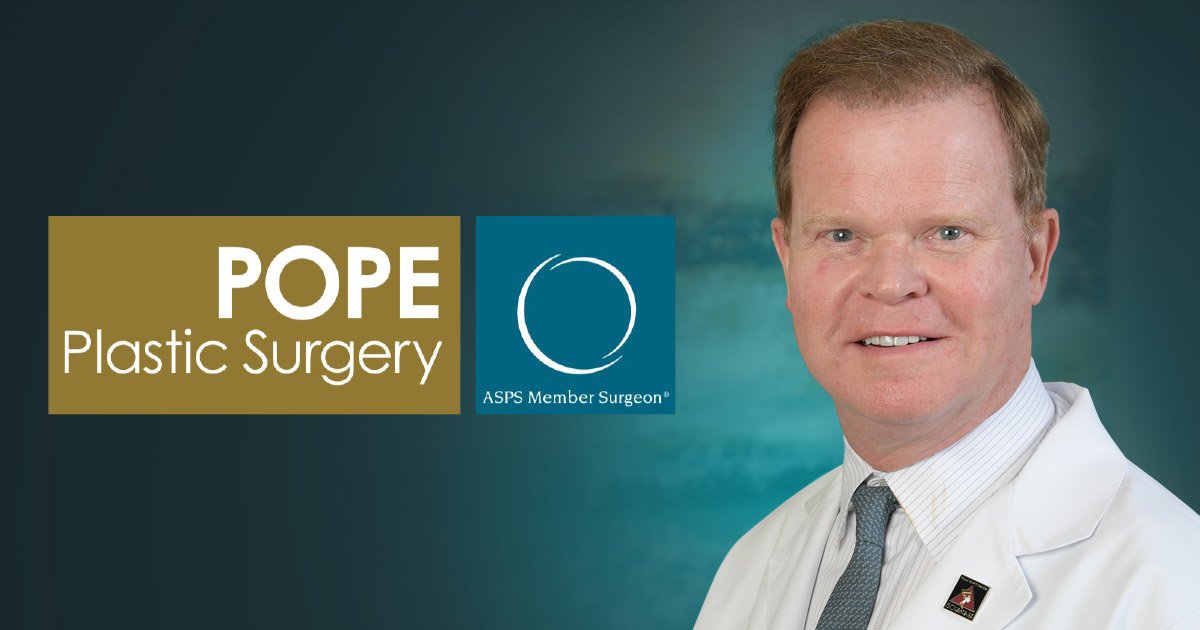It is of great aesthetic and personal value that we take care of our faces. No matter how hard we try to maintain the skin quality of our face, several factors such as aging, heredity, obesity, and stress create wrinkles, scars, hyper pigmentation and other skin problems for us.
Laser skin resurfacing, also known as laser peel or lasabration, is a great procedure to remedy these situations. The procedure involves using a laser to remove layers of the skin to reveal the unaffected layer. This allows regeneration of the skin to produce a new layer without imperfections and fill in the creases caused by wrinkles. The end result of this procedure is a smoother and younger-looking worthy of admiration.
Laser skin resurfacing can be done along with other procedures to emphasize your facial beauty and acquire your desired outcome. This procedure is used if you have any of the following:
- Wrinkles and crease lines of the face
- Sagging facial skin
- Hyper pigmentation
- Facial scars caused by accidents and etc.
- Non-active acne
- Enlarged blood vessels and brown marks
- Increased pore size
- Vascular lesions
Laser skin resurfacing may not work as well for:
- Olive, dark-skinned or sun-tanned skin
- Those who are prone to scarring
- People with certain skin disorders
- With active acne
The procedure can be done on an outpatient basis. The doctor may use topical, local or intravenous anesthesia to sedate you depending on the type of laser used and the depth of the skin layer needed to be removed. Treatment lasts from a few minutes to an hour and a half.
The doctor uses the laser on your face by moving it over the skin in a sweeping motions to remove the outermost layers. The procedure feels as if you have a rubber band that is repeatedly yet gently snapped against your skin. One procedure usually suffices, but for deeper layers another session may have to be done. Depending on your case, multiple types of layers will be used for better results.
After the procedure, you will experience some discomfort, swelling and bruising. Icepacks are used to help remedy this. A crusted appearance may develop on the treated area and may last for a 10 days. You should not touch the crusted skin to prevent developing scars. The skin will appear pink for several weeks. So sun exposure should be avoided until the skin has completely regenerated. Protective ointment or petroleum jelly can be used together with bandages, dressings or tape to cover the skin.
Complete healing occurs in about 10-21 days. In two weeks, if the skin is healed make-up can be used.
In the Florida area, the Pope Plastic Surgery offers the expertise of the leading plastic surgeons in all areas of cosmetic surgery and skin care. For more information please visit (http://www.orlandoplasticsurgerycenter.com/) to find out more about Pope Plastic Surgery.


Leave a Reply